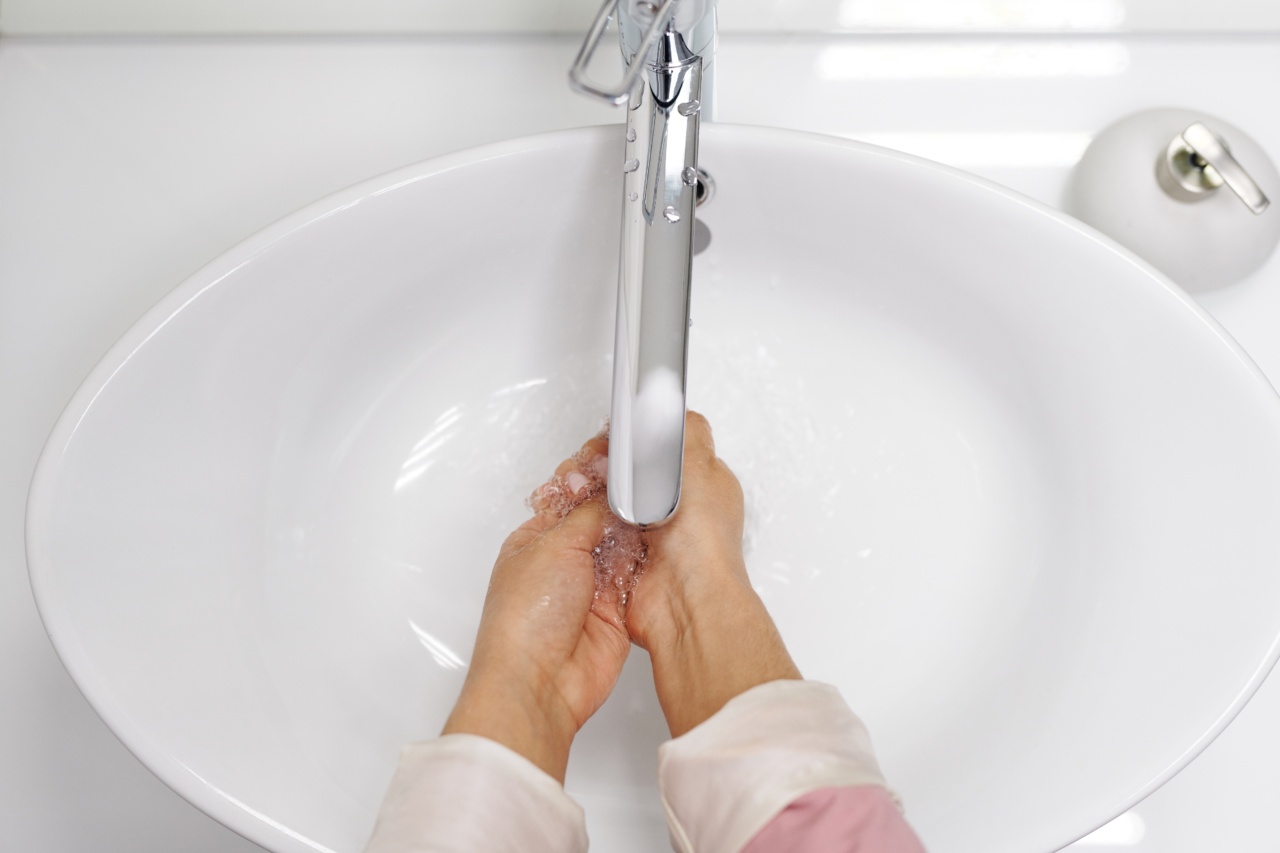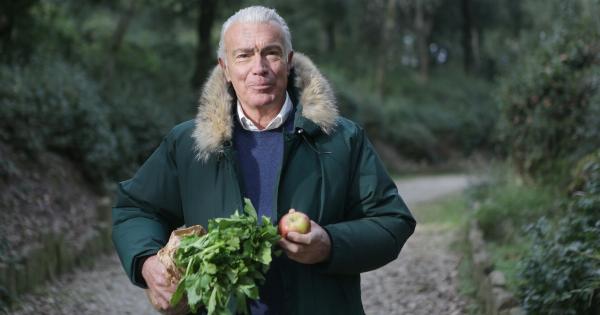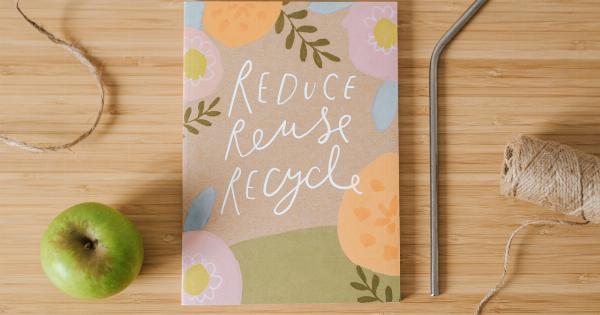In the midst of a pandemic, ensuring good hygiene practices is crucial to maintaining our health and well-being.
As we navigate through these challenging times, it is essential to pay extra attention to the cleanliness of the food we consume, especially fresh produce. Washing fruits and vegetables thoroughly can help minimize the risk of ingesting harmful bacteria, viruses, or other contaminants that may pose a threat to our health.
In this article, we will explore some effective tips for cleaning produce during a pandemic, allowing you to make the best choices to protect yourself and your loved ones.
Why Is Cleaning Produce Important?
Properly cleaning produce is always important, but it becomes even more critical during a pandemic. The COVID-19 virus, for instance, can survive on surfaces for a substantial amount of time.
Though the risk of contracting the virus through food or food packaging is considered low, it is still essential to maintain good food safety practices to minimize any potential hazards. Furthermore, keeping fresh produce clean can help eliminate other harmful bacteria and reduce the risk of foodborne illnesses.
Washing Techniques
Let’s now delve into some effective techniques for washing your fruits and vegetables to ensure they are safe and ready for consumption:.
1. Clean Hands First
Before handling any produce, it is crucial to wash your hands thoroughly with soap and warm water for at least 20 seconds.
This step helps remove any potential contaminants present on your hands, reducing the risk of transferring them to the fruits and vegetables.
2. Rinse Under Running Water
Begin by rinsing the produce under cool, running water. This method helps remove loose dirt, bacteria, and other surface contaminants.
Even if you plan to peel the fruit or vegetable, rinsing before peeling is still essential as it prevents any transfer of dirt or bacteria to the edible portion.
3. Use a Vegetable Brush for Firm Produce
Firm produce, such as apples, cucumbers, or potatoes, can benefit from gentle scrubbing with a clean vegetable brush. Gently rub the surface of the produce while rinsing under cool, running water.
This method aids in removing pesticide residues, wax coatings, and any remaining dirt effectively.
4. Soak in Vinegar Solution
For leafy greens or fragile produce that cannot withstand vigorous scrubbing, creating a vinegar solution can be highly effective. Fill a large bowl with water and add a cup of white vinegar. Mix the solution well and soak the produce for about 5 minutes.
This method helps remove pesticides and other surface contaminants without damaging the delicate texture of these fruits and vegetables.
5. Use a Produce Wash
If you prefer to use a commercial produce wash, ensure you read and follow the manufacturer’s instructions carefully. These produce washes are designed to remove dirt, wax, and pesticide residues effectively.
However, it is crucial to know that using a produce wash is an additional step and does not replace the need for rinsing your produce under running water.
6. Dry Thoroughly
After cleaning, it is important to dry the produce thoroughly. Pat them dry with a clean, disposable paper towel or use a salad spinner for leafy greens. Drying helps remove any remaining wash solution and reduces the chances of microbial growth.
7. Store Properly
Once your produce is clean and dry, store them appropriately to maintain their freshness. Some fruits and vegetables are best stored in the refrigerator, while others may be stored at room temperature.
Be sure to follow the recommended storage guidelines for each type of produce to maximize their shelf life.
8. Peel and Trim
Consider peeling the skin off fruits and vegetables whenever applicable. While washing can remove surface contaminants, peeling can provide an extra layer of protection.
Additionally, trim off damaged or bruised areas before consuming to minimize the risk of potential bacterial growth.
9. Keep Countertops and Kitchen Tools Clean
In addition to ensuring the cleanliness of your produce, it is important to keep your countertops, cutting boards, and kitchen tools clean.
After washing the produce, wash and sanitize any surfaces or utensils that came into contact with raw produce juices to prevent cross-contamination.
10. Stay Informed
Stay informed about food recalls and safety alerts. Keep an eye on reliable sources such as government health agencies for any updates or warnings regarding specific fruits, vegetables, or produce-related safety concerns.
Conclusion
During a pandemic, practicing good hygiene habits, including cleaning produce thoroughly, is essential to safeguard our health.
By following these simple yet effective tips, you can minimize the risks associated with consuming fresh fruits and vegetables. Remember, proper washing and handling of produce play a vital role in promoting food safety and reducing the potential transmission of harmful contaminants.
Prioritize your well-being by incorporating these practices into your daily routine, and enjoy the benefits of clean and safe produce.




























